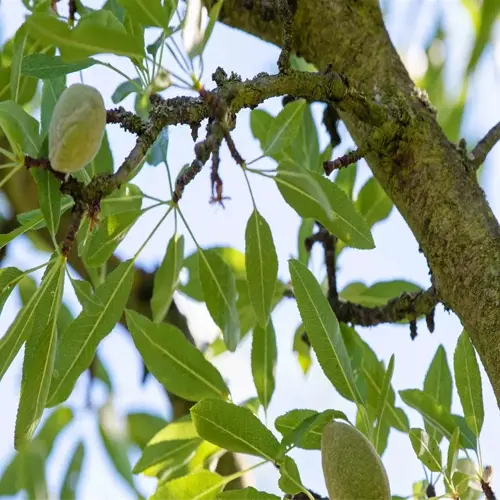How do you protect seedlings during unexpected cold snaps?

Written by
Julia Anderson
Reviewed by
Prof. Charles Hartman, Ph.D.Harden off seedlings need a plan of action to protect them from a cold snap. Last March a cold snap caused frost and killed my pepper starts, I now operate with frost blankets and cloches at the ready. In most cases, timing is everything; as soon as seedlings are exposed to temps lower than 32°F (0°C), without protection, they can lose cellular integrity without a chance of recovery.
Frost Blanket Tactics
- Use AG-19 fabric for -4°F (-20°C) protection
- Anchor edges with soil or sandbags every 3 ft (1 m)
- Remove covers by 9 AM to prevent overheating
Emergency Heat Sources
- Place water jugs painted black around seedlings
- Use Christmas lights under blankets for radiant warmth
- Activate seedling heat mats at 70°F (21°C) minimum
Damage Assessment
- Prune blackened leaves with sterilized shears
- Apply kelp extract to stimulate root recovery
- Delay fertilization for 7-10 days
Gradual Rehardening
- Restart hardening process at 50% sun exposure
- Monitor for delayed wilting over 48 hours
- Use humidity domes for stressed seedlings
To avoid calamities while watering during periods when the temperature is below freezing, I lost a basil crop earlier this past winter due to watering with ground temperatures frozen. I try to avoid guesswork and make watering decisions based on future hourly forecasts and if they are predicted to stay above 35°F ( 2°C ). I also use moisture meters, dry soil insulates roots better than wet soil.
The introduction of wireless thermometers changed the game for my cold protection. I purchased a relatively inexpensive $30 model with three probes that allow me to monitor air, soil, and leaf temperatures all at the same time. Last fall, the thermometer alerting me to 28°F (-2°C) gave me just enough time to cover the tomatoes to save - approximately - 90% of the crop!
Read the full article: The Complete Guide to Harden Off Seedlings

